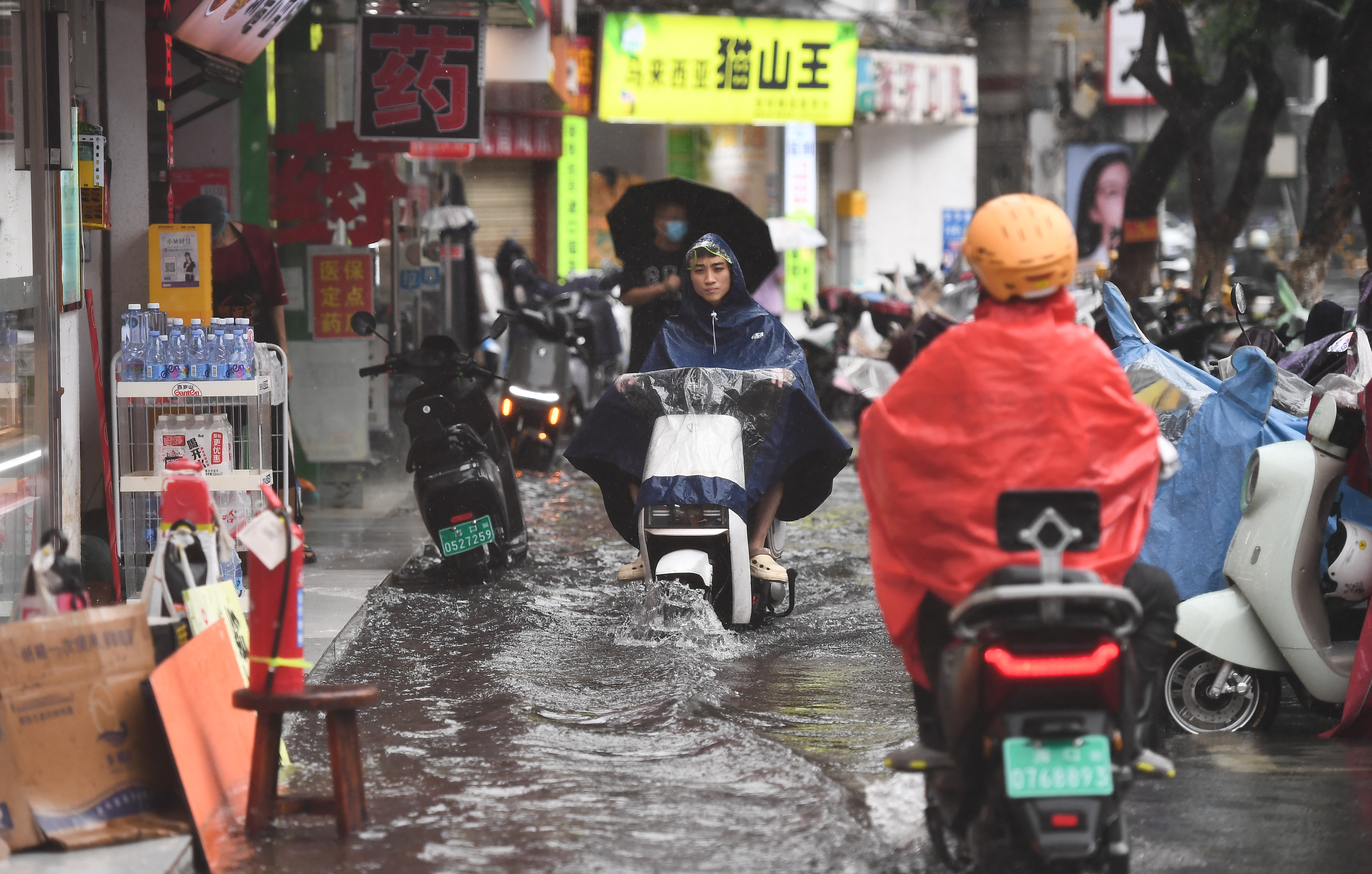 |
People navigate flooded streets in Haikou city, Hainan province, after Typhoon Wipha.
Typhoon Wipha made landfall near Jiangmen city, Guangdong province, around 5:50 p.m. on 20/7, before sweeping across coastal areas of Guangdong. Heavy rainfall was reported in several locations in Guangdong and Zhejiang provinces, with "exceptionally heavy" rain falling on parts of Hainan island.
Hainan authorities raised their typhoon emergency response from level 4 to level 3. China's four-tier emergency response system designates level one as the most serious.
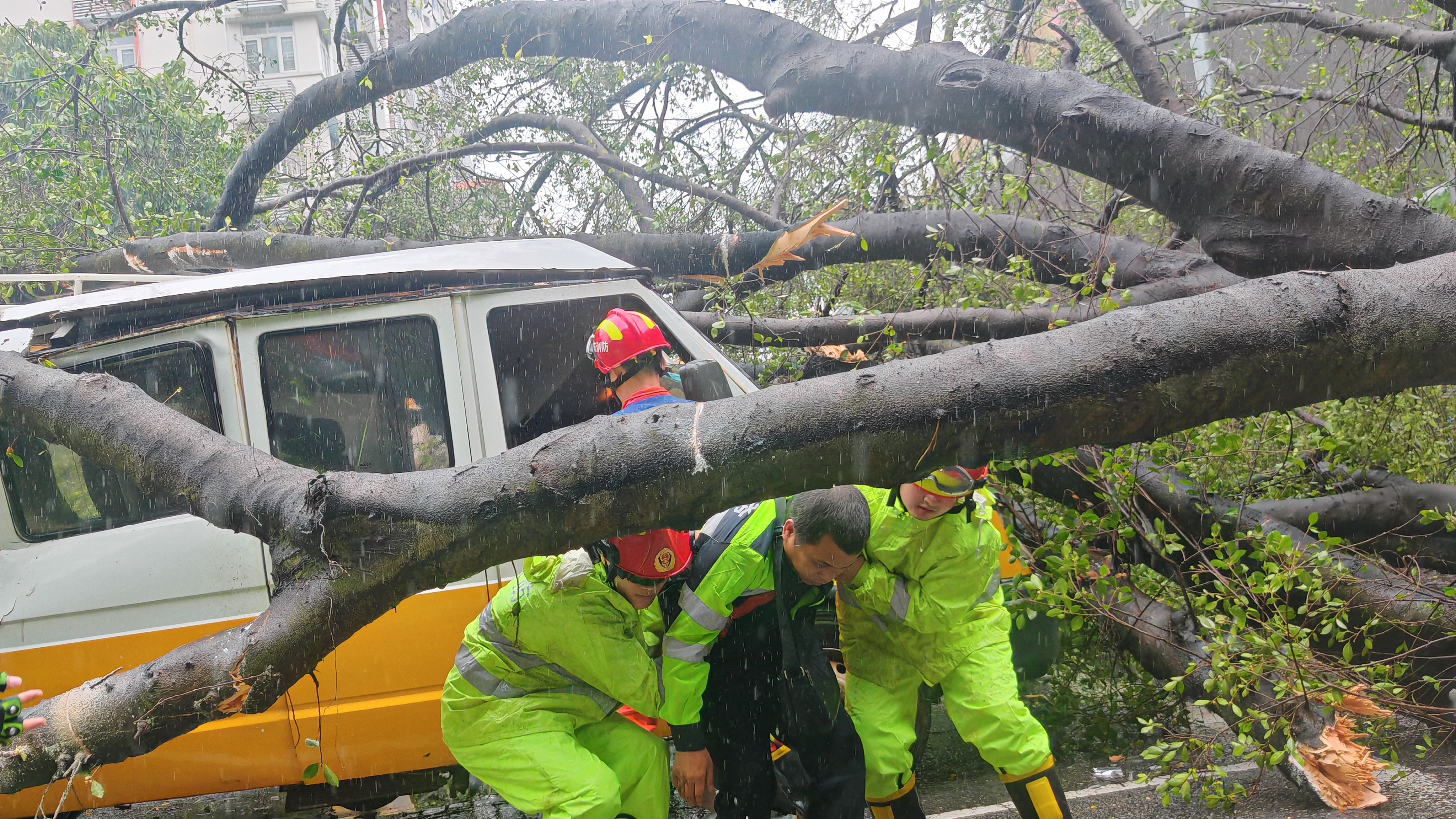 |
Rescue workers helped free people trapped in a car crushed by a fallen tree and streetlight in Shenzhen, Guangdong.
When Wipha made landfall, maximum sustained winds near the typhoon's center reached approximately 108 km/h, equivalent to a category 11 storm.
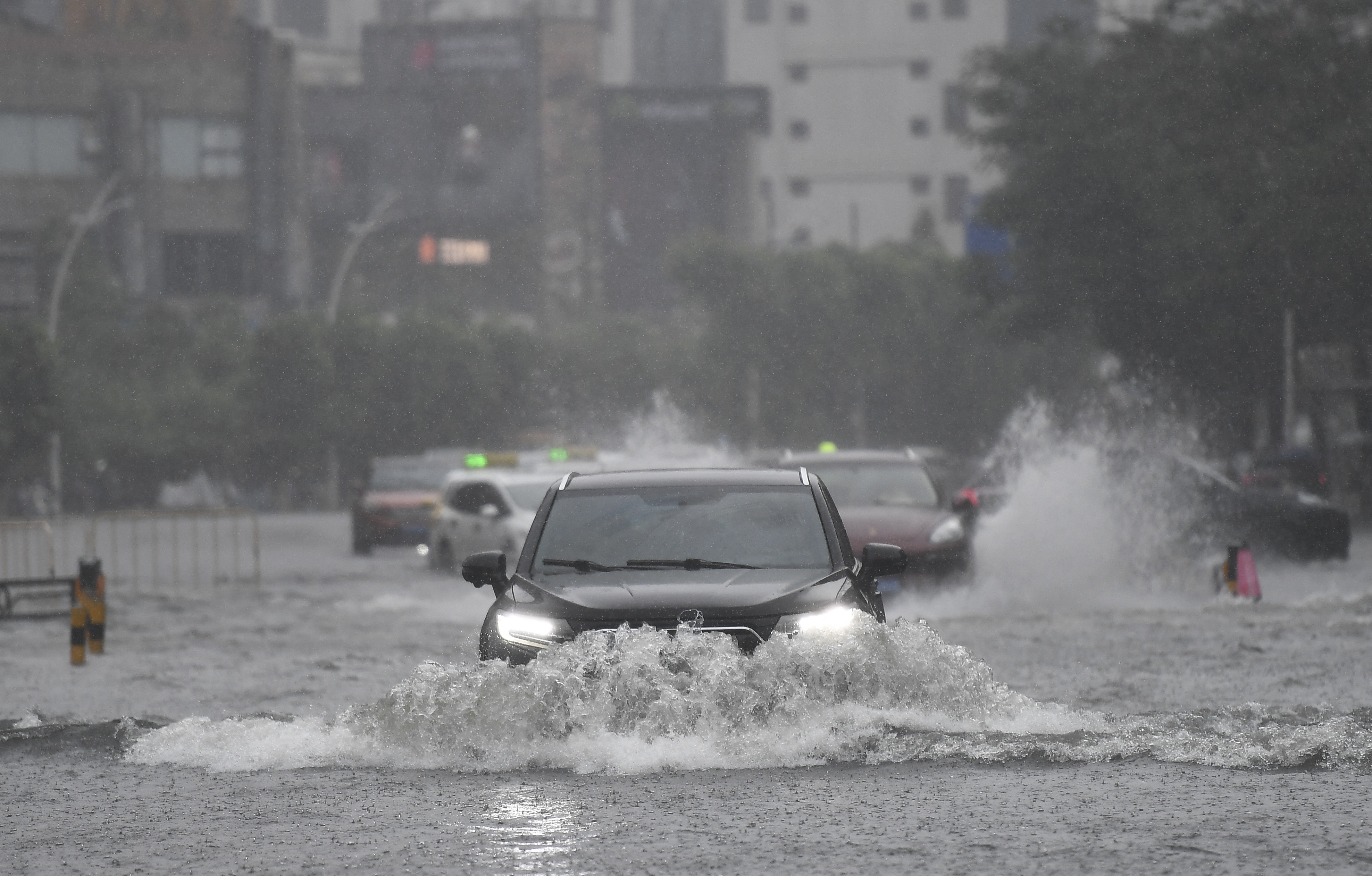 |
Vehicles navigate a flooded street in Haikou.
The China Meteorological Administration predicted heavy to very heavy rain in parts of Guangdong and Hainan on 21/7. The region is expected to experience sustained heavy rainfall over the next three days, creating a risk of flooding.
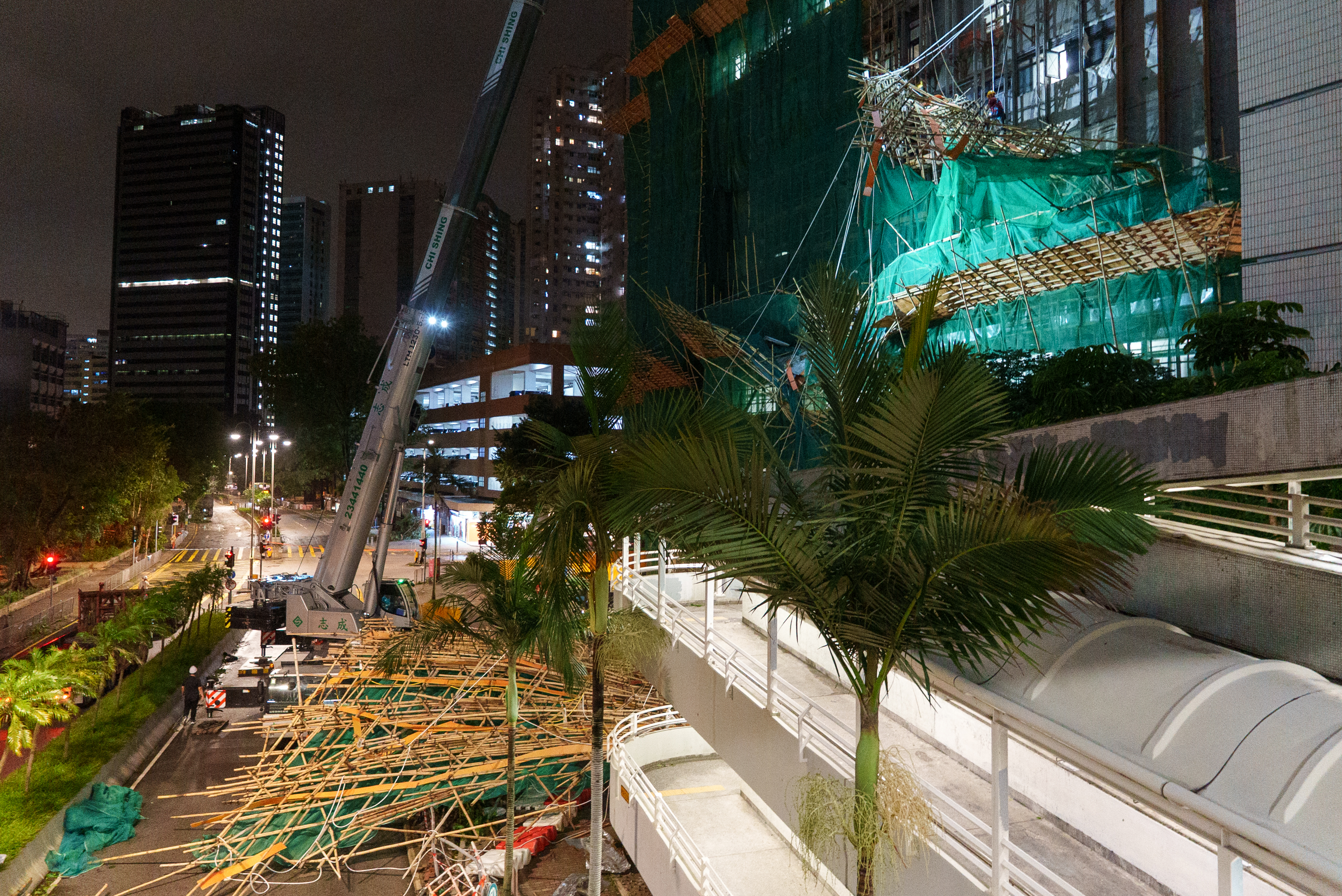 |
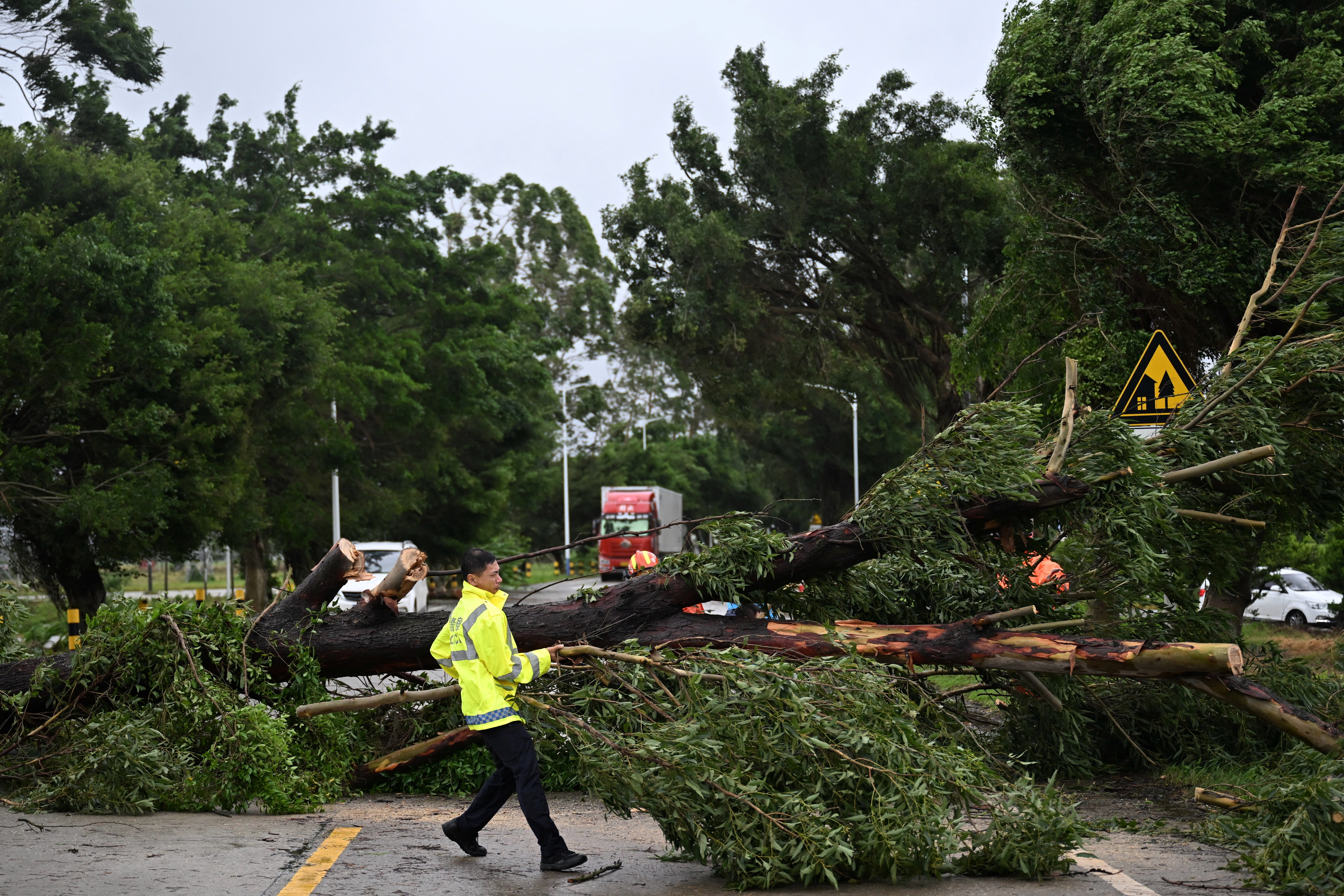 |
Workers clear a collapsed scaffolding structure in Hong Kong after it was damaged by strong winds and heavy rain. The special administrative region issued its highest typhoon warning, closing schools and grounding hundreds of flights.
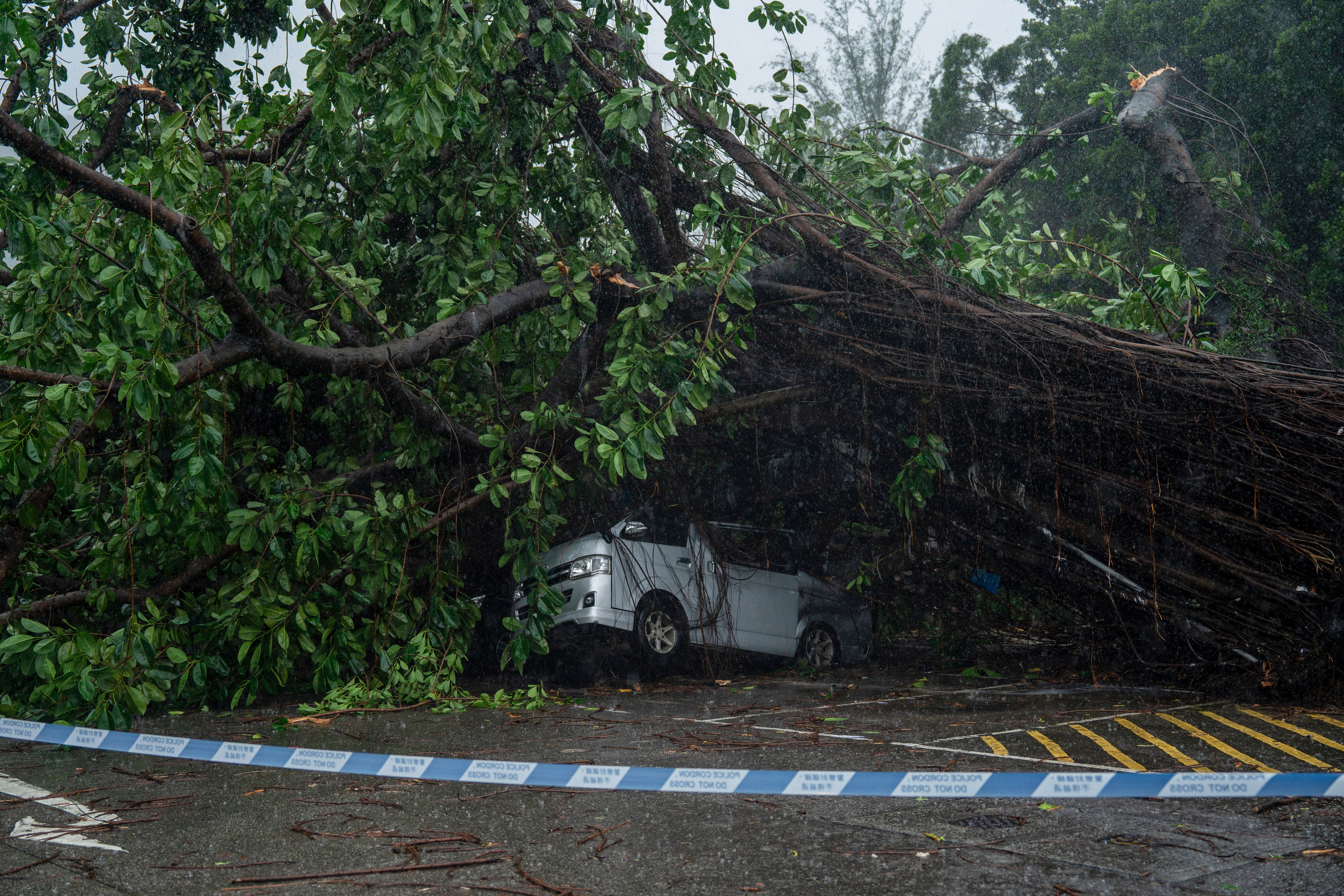 |
Workers remove fallen trees in Taishan county, Guangdong province.
Central government authorities sent relief supplies, including 33,000 items like folding beds, blankets, and lamps, to Guangdong and Hainan provinces.
 |
A car damaged by a fallen tree in Hong Kong.
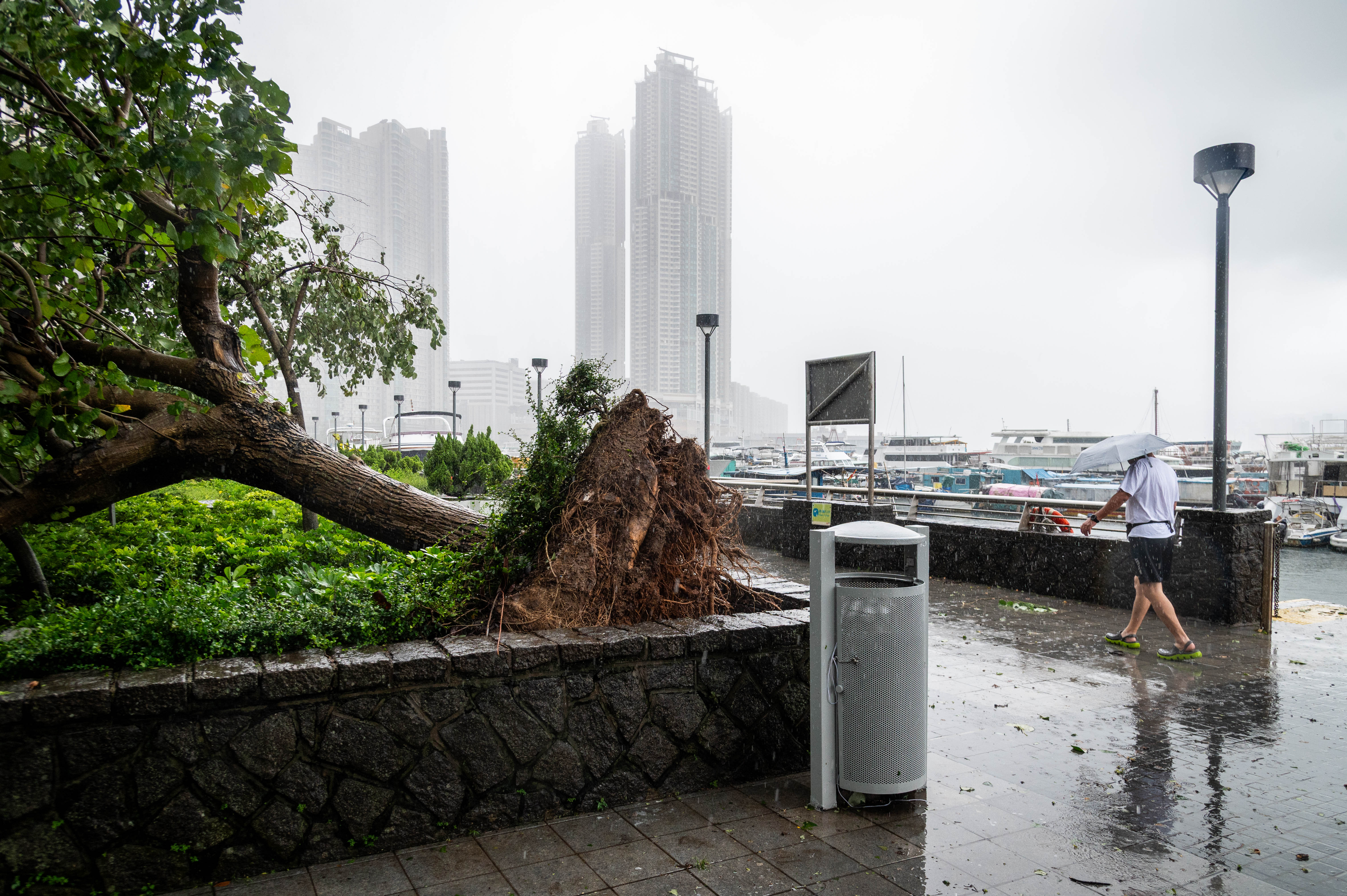 |
Emergency responders secure damaged scaffolding in Hong Kong's Central district.
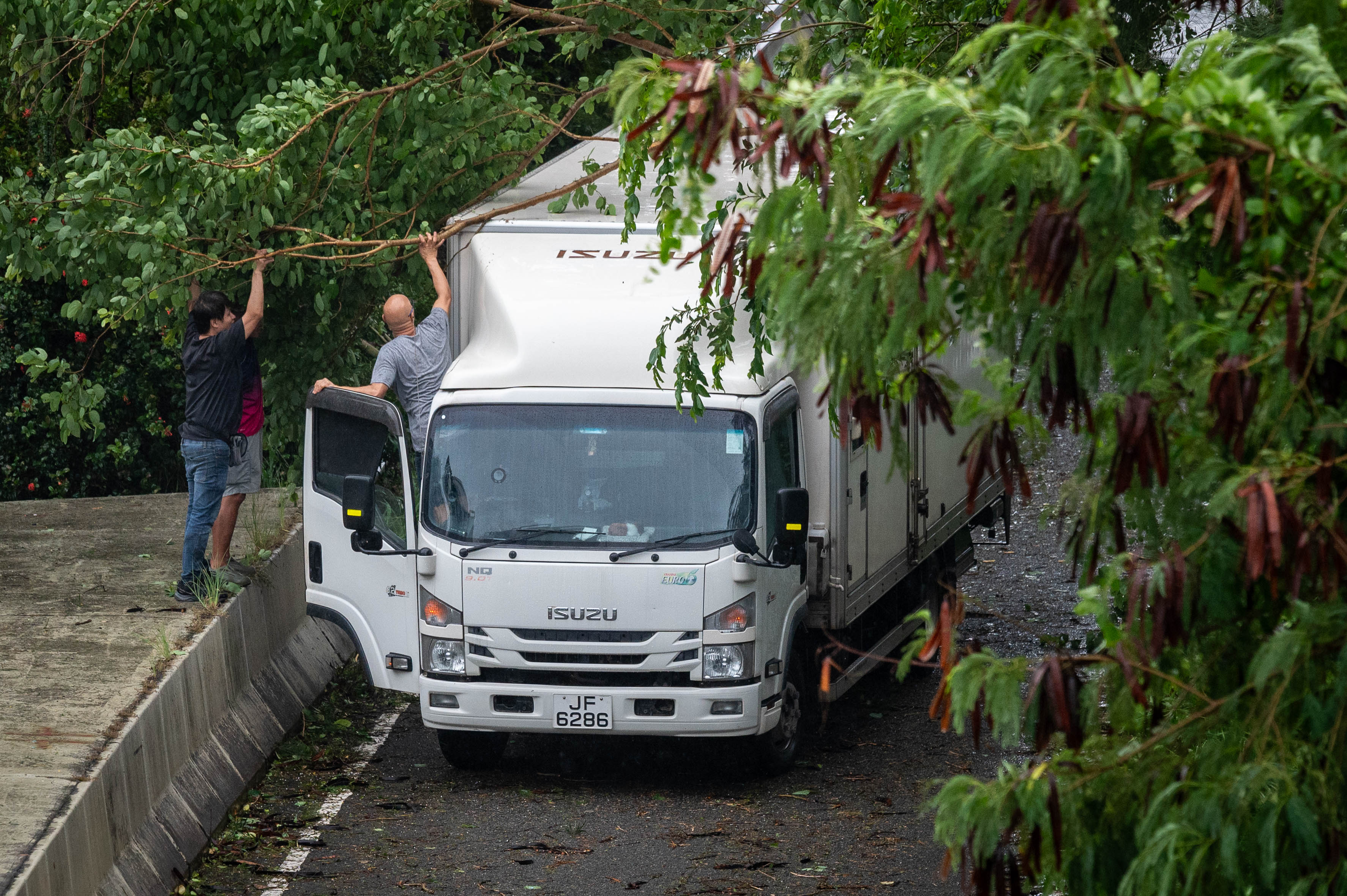 |
A man walks past an uprooted tree in Hong Kong. Typhoon Wipha knocked down hundreds of trees, damaging many low-rise buildings in the special administrative region and mainland China. Dozens of people were treated in hospitals for storm-related injuries, and more than 240 residents were evacuated.
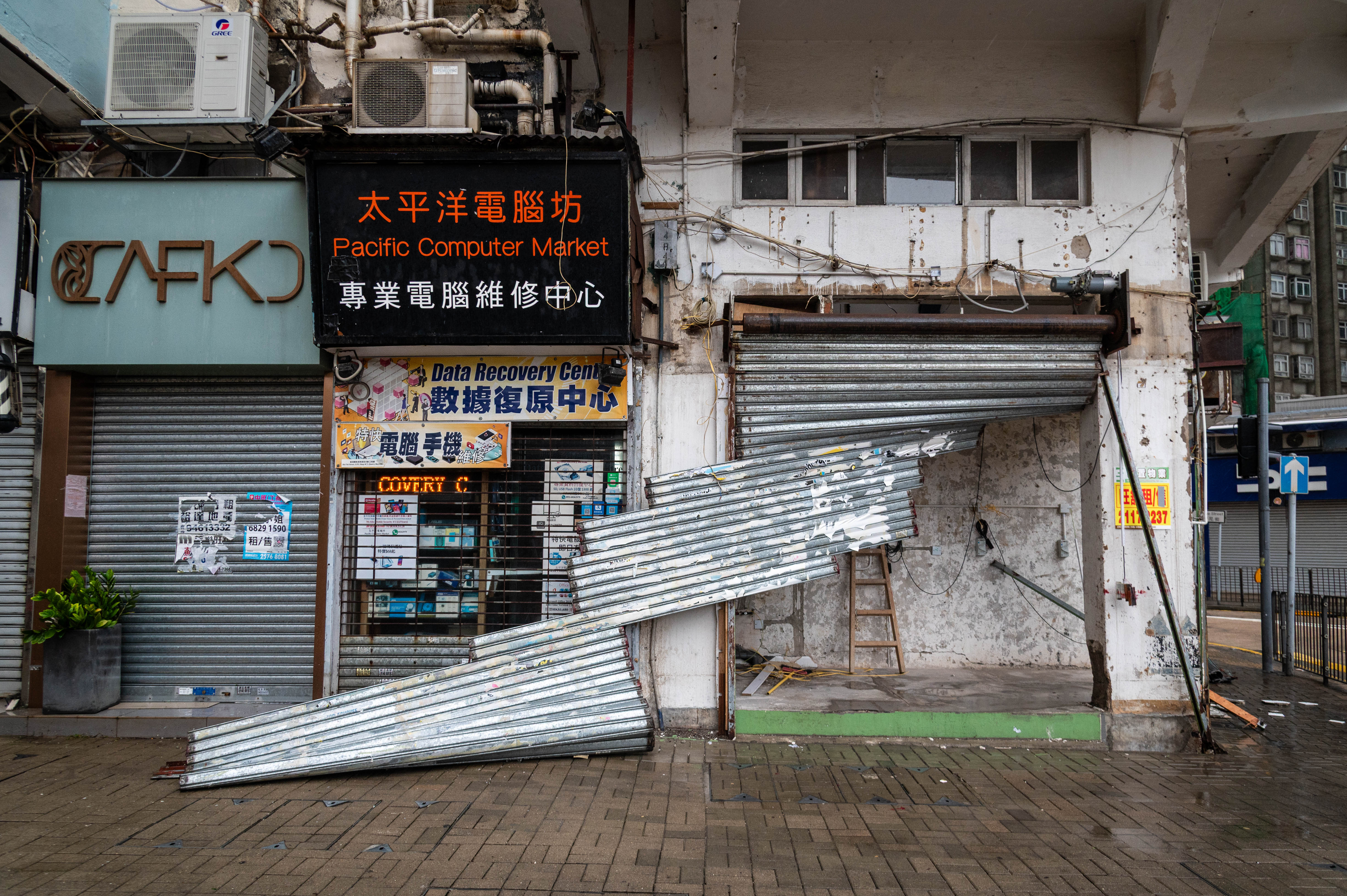 |
A group of men work together to rescue a truck crushed by a tree along a highway in Hong Kong.
A shop's roller shutter in Quarry Bay, Hong Kong, is damaged by strong winds.
According to Vietnam's National Center for Hydro-Meteorological Forecasting, as of 21/7 morning, Wipha had moved into the northern Gulf of Tonkin. At 10 a.m., the typhoon's center was approximately 190 km from Quang Ninh, 310 km east of Hai Phong; 340 km from Hung Yen, and 360 km east-northeast of Ninh Binh. Maximum sustained winds near the center reached level 9, with gusts up to level 11.
Throughout today, the typhoon is expected to intensify to level 10-11, with gusts up to level 14, as it moves into the Hai Phong-Thanh Hoa sea area, maintaining its strength in that region. Wipha is expected to bring heavy rainfall, exceeding 600 mm in some areas, concentrated in northeast Vietnam, the mountainous region of Thanh Hoa, Nghe An, and Ha Tinh.
 |
Huyen Le (AFP, AP, Reuters, Xinhua)












